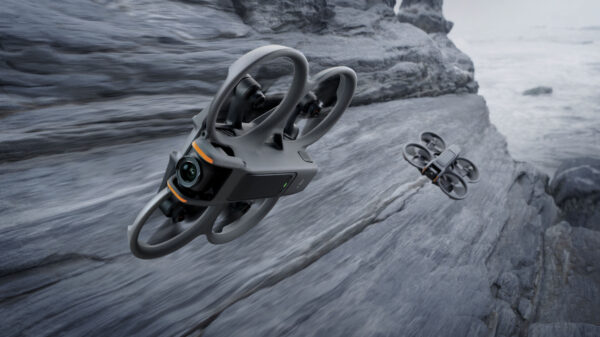Introducing Nikon’s Z 6 II and Z 7 II mirrorless digital cameras. These second-generation models succeed the first-gen Z 6 and Z 7 and come with a series of upgrades without compromising familiarity. Improved power, speed, handling, and versatility are featured in both models, with the key distinguisher between models being the sensor.
The Z 6 II remains the ideal all-arounder while the Z 7 II is a more specialized, high-resolution option for those seeking the utmost detail. The Z 6 II features a full-frame 24.5MP BSI CMOS sensor, which sits right within the sweet spot range of high speed, high resolution, and high sensitivity for versatile performance. It offers UHD 4K video recording with full pixel readout, 3.3x better buffer performance along with 14 fps continuous shooting, and sensitivity from ISO 100 to 51200.


The Nikon Z7 II, on the other hand, touts a full-frame 45.7MP BSI CMOS sensor with no optical low-pass filter, making it the more suitable choice for detail-critical applications. Improved processing performance gives this camera 2.2x better buffer performance and an improved 10 fps continuous shooting rate, along with UHD 4K 60p video recording and sensitivity from ISO 64 to 25600.
Beyond their differences, the two cameras do share a wealth of features, including dual EXPEED 6 image processors, which improve buffer performance, reduce viewfinder blackout times, and afford quicker overall performance. Both cameras also now sport dual memory card slots—one CFexpress Type B/XQD slot and one SDXC UHS-II slot—for flexible file storage, and they support full-time power from a USB Type-C-connected external battery.
Wide-Area AF mode has been added, too, to benefit the 493-point and 273-point AF systems of the Z 7 II and Z 6 II, respectively. The two cameras also incorporate 5-axis in-body image stabilization and have a series of built-in creative functions, including Focus Shift Mode, Time-Lapse, and Multiple Exposure Settings. And, for video, 10-bit recording is available when using an external recorder, along with N-Log gamma and HLG (HDR) formats; a future optional firmware update will bring raw 12-bit recording capabilities, too.























































































